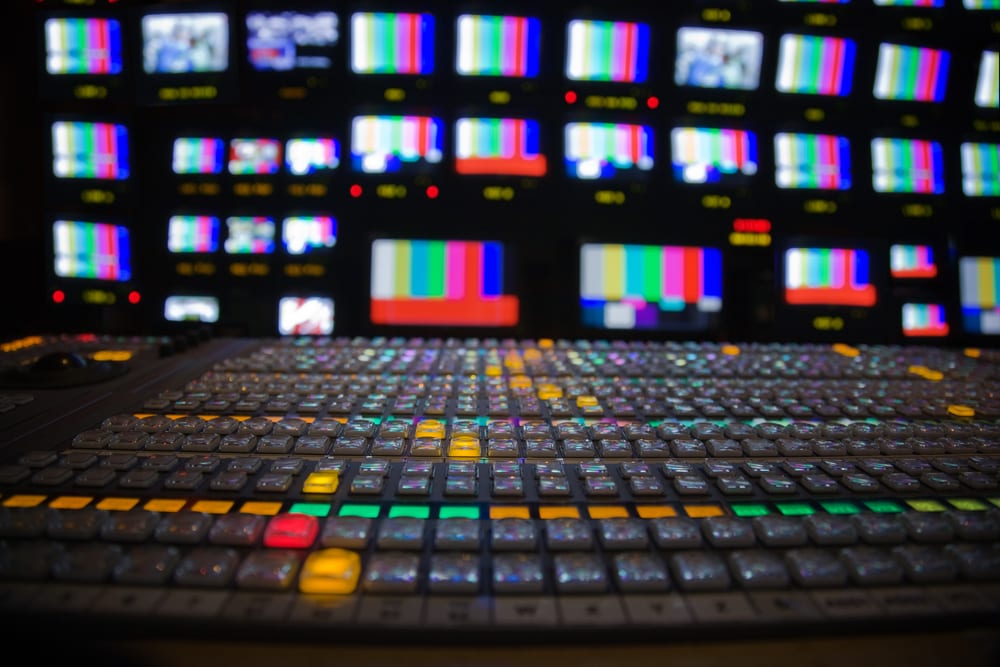As product complexity rises and customer technical knowledge falls, Sony Professional Solutions Europe (PSE) is turning to predictive and remote diagnostics to meet growing customer expectations.
Sony PSE services more than 6,000 different audio/visual products and handles 50,000 to 60,000 service calls per year. Products range from simple handheld cameras and camcorders to expensive broadcast systems and cinema-class digital projectors, which require a very different approach to service.
Smarter Products, Less Tech-Savvy Customers
The company’s SLAs with customers stipulate penalties if, say, a problem with a digital projector stops a cinema screening, so Sony PSE is increasingly turning to remote and predictive diagnostics to identify and prevent faults quickly.
This close monitoring is a necessity, says John Cooper, Sony PSE’s general manager of service and support.
“The only technical person who used to work in the cinema was the projectionist and they’ve been let go,” Cooper says. “You’ve got people a bit less informed about the technology, so you have to deal with it in different ways.”
SEE ALSO: Caterpillar’s Next Dig: Big Data
Remote monitoring enables Sony PSE to keep projectors running without on-the-ground customer expertise. But this more proactive level of service requires a different type of contract for digital projector and broadcast customers, such as Spanish broadcaster TeleMadrid.
Service Takes Active Role

John Cooper, Sony PSE
“There’s a shift towards managed services,” explains Cooper. “Who would have thought, years ago, that broadcasters would say ‘just run this bit for us,’ but that’s started to happen.”
While using remote and predictive diagnostics on a high-ticket kit is a “no brainer”, there’s a limit to how far down the product food chain it is practical to go. “It’s a model we’re moving towards, but some products lend themselves more to predictive managing than others,” says Cooper.
Even so, Cooper notes that more than half of the products already issue simple alerts to say when a machine is overheating, for example.
Putting the Data in Context
Cooper cautions that there are not only technical and cost considerations associated with moving to remote monitoring, but also customer concerns. Security-conscious customers, for example, often worry about the idea of being constantly monitored and connected to an outside company.
Other customers need educating about what information they see on their regular updates about their products. One customer was horrified when the dashboard update revealed how hot the bulbs in the kit became and needed reassuring that there was no fire risk.
Increased Profitability
The type of relationship Sony has with its cinema customers is typical of a wider industry trend towards earning recurring revenue through services rather than product sales.
“I’ve noticed a flip in the last 18 months in Japan [Sony headquarters] thinking not just about a technology-centric model, but an offering model, which is a product plus the service,” says Cooper.“This then makes the customer service the real key thing.”
As this move towards remote technology gathers pace, Cooper expects it will ultimately change the skill sets required by his service engineers. Fewer people, perhaps, who are supported by smarter machines.


Share this: